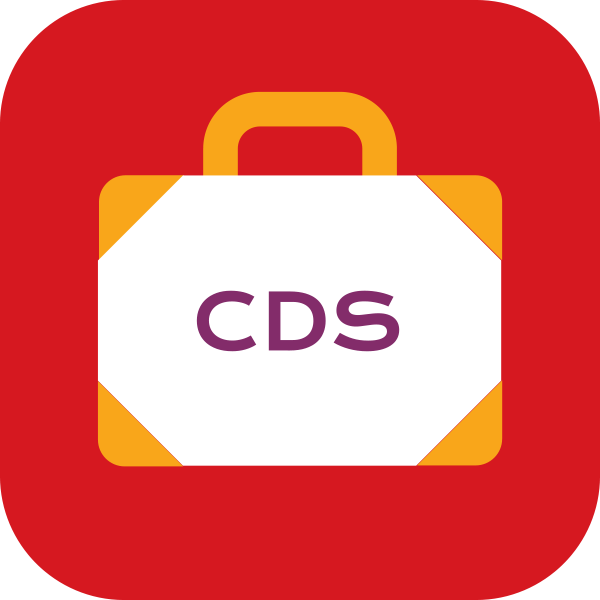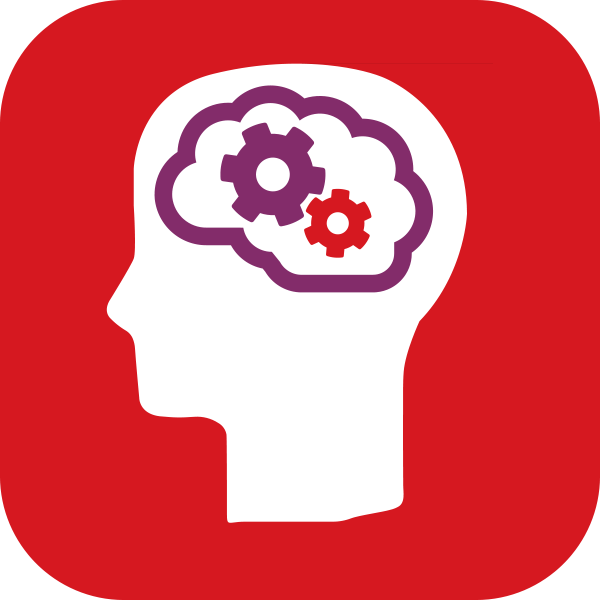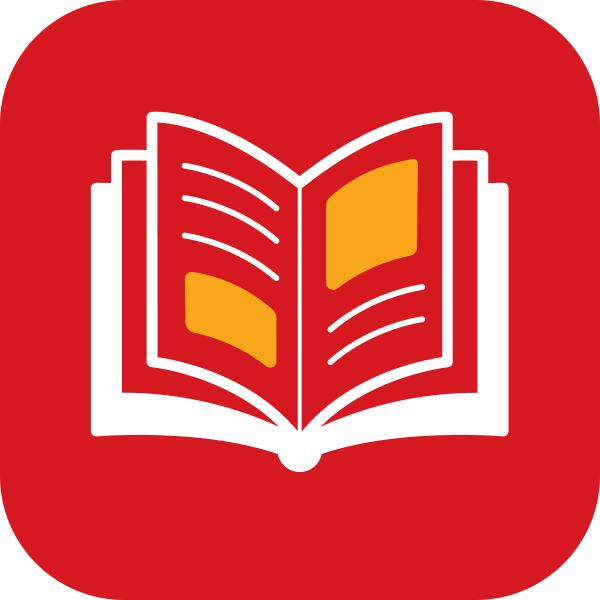Archway Learning Trust in Nottingham is made up of four secondaries and one primary, with over 4,500 students across the Trust. In response to the removal of National Curriculum Levels in 2015, we were quick to adopt new formative assessment practices across the Trust. However, in 2017, our own self-evaluation cycle highlighted that we were still unhappy with our assessment system in its existing form. We wanted it to forensically inform and drive school improvement at all key stages, identifying strengths and areas for improvement across the Trust. We knew there should be a better way to build on and maximise the advantages of working together, pooling expertise and reducing workload – using The Archway Advantage.
We formed a working party within the Trust to address and evaluate the need for change in our approach. At that point we identified and agreed that we were unable to explain the reasons for the variance we had in our curriculum offer, the content we were delivering and the depth/challenge this provided. We also found inexplicable variance in how we were assessing, the assessments we were using and the language we were using.
Creating a common assessment framework
We found ourselves slowly moving towards alignment and, after twelve months of planning and development, came up with the Archway Learning Trust (ALT) Common Assessment Framework. This consisted of a set of common assessment aims and a purpose, collaborative curriculum and assessment design, a common assessment language and a common assessment schedule.
We designed our own high-quality, robust formal assessments – ensuring we considered both formative assessment (i.e. learning from the classroom) and summative assessment (formal tracking and benchmarking). This approach has really driven school improvement. We also invested in training our staff about reliability and validity.
We knew we should challenge and test our internal assessments from an external point of view to ensure that our students were progressing in line with the national rate. This was where GL Assessment’s Complete Digital Solution (CDS) came in – to validate and check our own assessment data. The diagnostics from this collection of assessments are an additional support as they can either challenge or confirm what we thought we knew about our students.
For Years 7-9, we take the raw scores from our common assessments across the Trust and convert those scores to a common scale. Each assessment outcome now offers us a gauge as to how far from our Trust mean each student is, highlighting where progress might be accelerating or slowing down. We use the Cognitive Abilities Test (CAT4) alongside internal test scores to help to unpick and signpost why a student’s learning might not be progressing at the same rate as others, looking for any sign of learning strengths in each of the four CAT4 batteries (Verbal, Quantitative, Non-Verbal, Spatial).
CAT4 indicative GCSE grades are also used to inform students of their potential relative strengths and weaknesses when making their curriculum choices. Then in Years 10-11, we begin our student facing target-setting process using the CAT4’s ‘if challenged’ grade to inspire them as to what they could potentially achieve.
We use the Progress Test Series (PT Series) as a bookend for KS3 (at the beginning of Year 7 and the end of Year 9) to validate and review the effectiveness of our curriculum.
With inner-city children, some of whom are from high areas of deprivation, we have a Trust-wide emphasis on reading and a literacy strategy that sits behind this. We therefore also use the New Group Reading Test (NGRT) to measure the effectiveness of this strategy and diagnose intervention needs.
Our assessment plan for 2020/21

In view of the Covid-19 situation, our proposed common assessment schedule will be very different this Autumn (see our current schedule below). A big focus will be on our students’ sense of self-worth and community, therefore we will prioritise the Pupil Attitudes to Self and School (PASS) survey to learn how cohorts’ and individuals’ attitudes might have changed. We will still emphasise reading with NGRT and use the PT Series for Year 10 for question-level analysis. Our Trust assessments will be reduced for most subjects in Years 7-9, instead prioritising lower stakes formative assessment practices whilst students recover from the disruption of the recent months.
We will also speak to children and parents about how they feel about assessment in the current situation, as well as scenario planning should circumstances change and we have to close again. A huge challenge will be having an assessment system that is flexible for both home and in-school learning. We are confident that GL Assessment’s range of tests will help us identify what we need to do next and to develop new strategies.
Proposed ALT Common Assessment Schedule 2020-21
| Year | Aut 1 | Aut 2 | Spr 1 | Spr 2 | Sum 1 | Sum 2 |
| 7 |
PASS NGRT |
PTE PTM PTS |
ALT (core) | ALT | ||
| 8 | PASS |
NGRT ALT (core) |
CAT4 | ALT | ||
| 9 | PASS |
NGRT ALT (core) |
ALT |
PTE PTM PTS |
||
| 10 |
PASS PTE PTM PTS |
ALT | ALT Mock | |||
| 11 | PASS | ALT Mock (external markers?) |
ALT Mock |
|||
| 12 L2 |
PASS NGRT |
ALT Mock (external markers?) |
ALT Mock |
|||
| 12 |
PASS NGRT |
ALT assessment | ALT Assessment | |||
| 13 | ALT Mock | ALT Mock |
Archway Learning Trust is one of our Centres of Assessment Excellence. If you would like to speak to our MAT team, please contact Darren Lamb, Head of MATs at [email protected]






